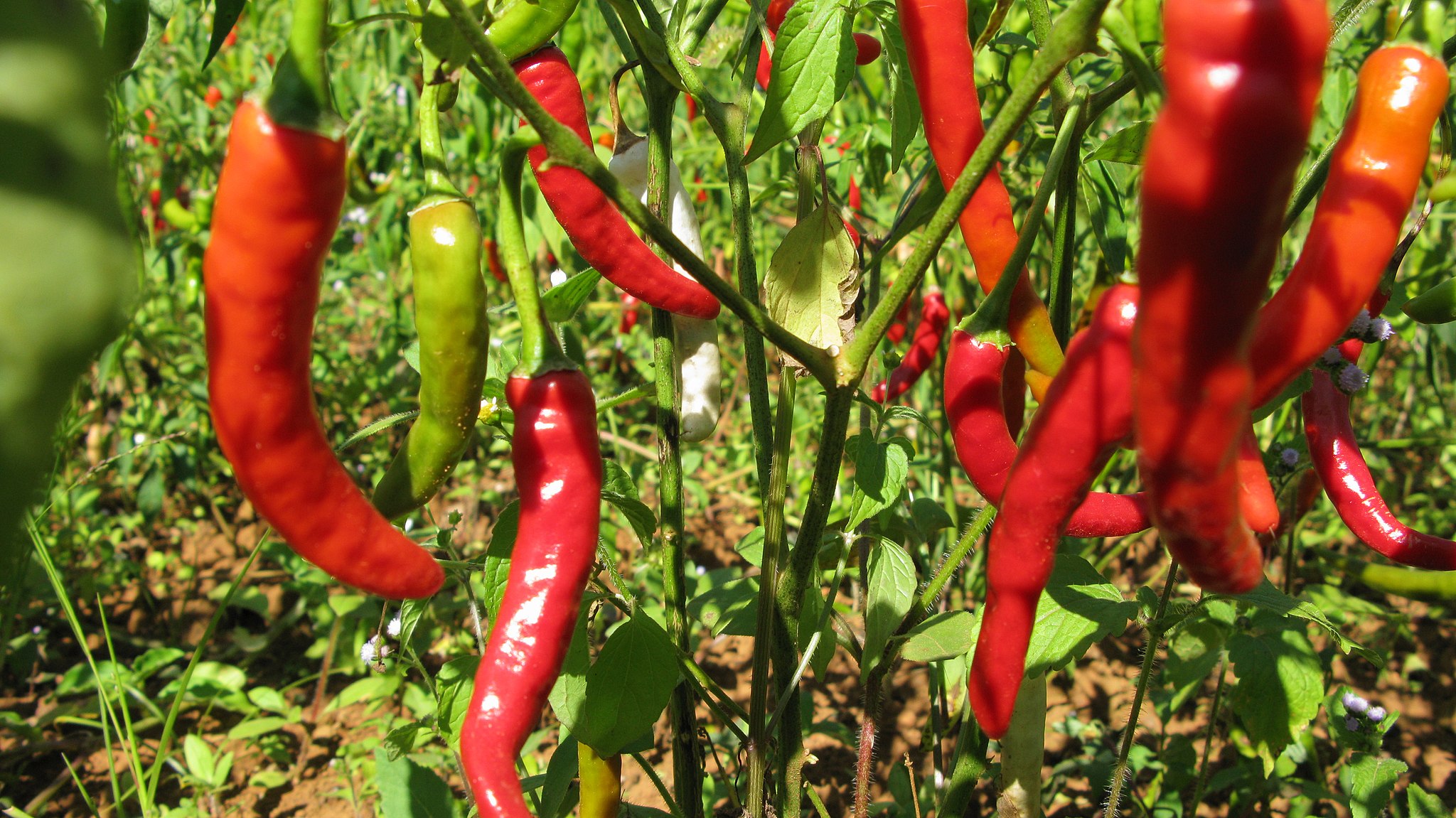The Chemistry of Loving Spicy Food
Posted by Stelios on 23rd Sep 2023 Reading Time:
Ever wondered why, after indulging in a spicy curry or Taco Bell meal, we can't help but crave it again, even after its fiery aftermath? Simply put, spicy food gives us a thrill.
Image Source: © Vyacheslav Argenberg / http://www.vascoplanet.com/, CC BY 4.0, via Wikimedia Commons
Understanding Spiciness
Contrary to popular belief, spiciness isn't a taste like sweetness or sourness. Instead, it's a sensation. We can't taste spice; we feel it. Capsaicinoids, especially capsaicin found in chilli peppers, cause this burning feeling.
Image Source: © Vyacheslav Argenberg / http://www.vascoplanet.com/, CC BY 4.0, via Wikimedia Commons
When capsaicinoids touch our tongue, they engage with a protein named TRPV1 found on nerve cells. TRPV1 is our body's temperature sensor, signalling the brain about heat changes. Naturally, it alerts the brain when we're near something hot, like a fire. The brain's reaction? To cool us down, often through sweating. Spicy food tricks the brain by activating TRPV1, making us believe we're overheated. That's why we sweat when food is too spicy.
Interestingly, chilli peppers use capsaicinoids to ward off mammals and specific fungi. Birds, however, are unaffected. They consume and then excrete the seeds, assisting in the spread of the pepper species. Capsaicinoids, curiously, come from vanillin, the same compound that gives vanilla its sweet aroma. Capsaicin doesn't dissolve well in water, so water isn't much help with spicy burns. But milk, with its fats, can soothe the burn effectively.
Why Do We Feel Good After Eating Spicy Food?
While calling spicy food "addictive" is a stretch (it doesn't induce a dependency like nicotine or caffeine), it does create a desire in us. The reason? Capsaicin tricks the brain into sensing extreme heat and pain. In response, the brain releases endorphins, natural pain and stress relievers. At the same time, it releases dopamine, our feel-good neurotransmitter. This combination creates a sense of euphoria, similar to a "runner's high". The spicier the food, the stronger the euphoria.
On a related note, it's no surprise that some pain-relief creams burn before soothing. They often contain capsaicin! This sensation can be felt across the body because of the widespread presence of the TRPV1 protein. Just a word of caution: remember to wash your hands before touching your eyes after enjoying a spicy meal. The last thing you want is a fiery sting!



